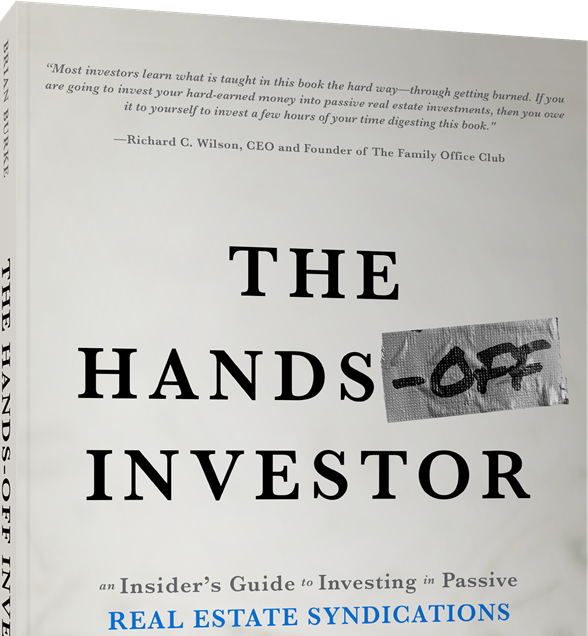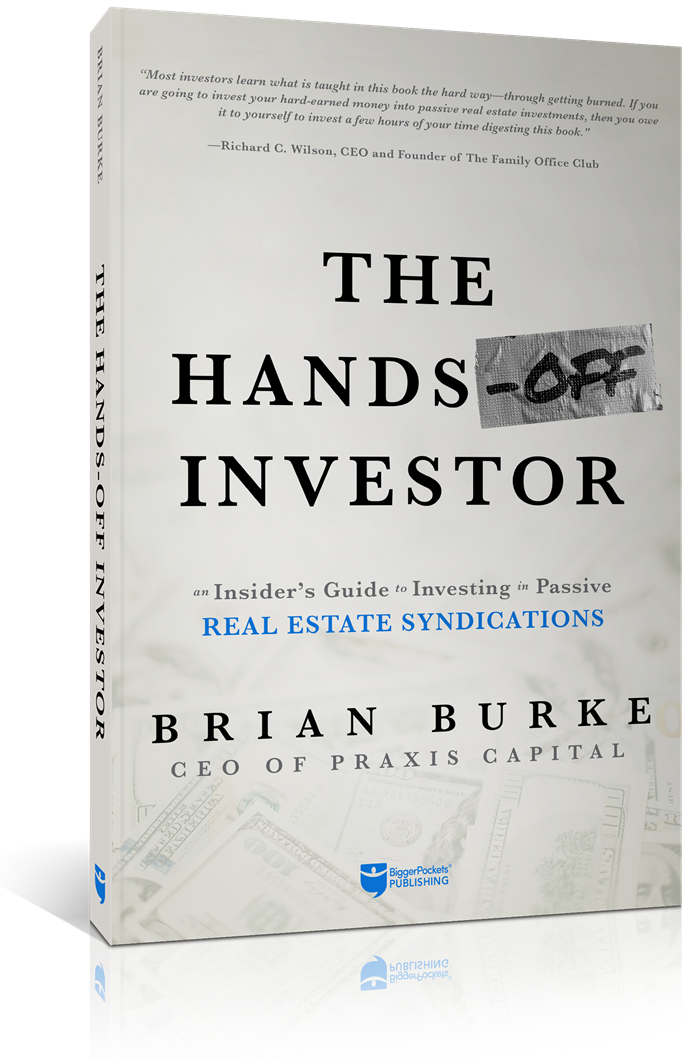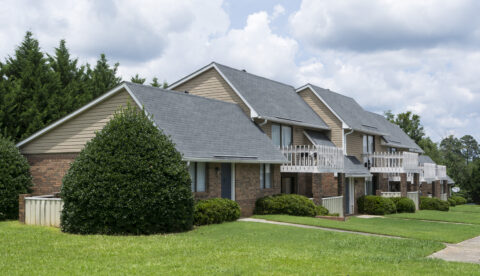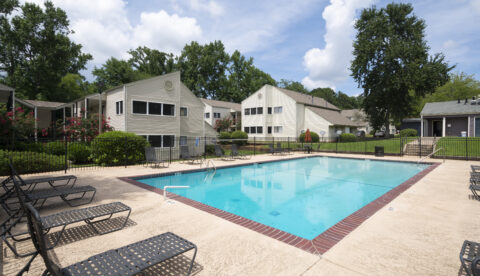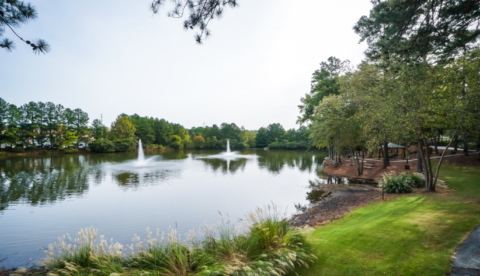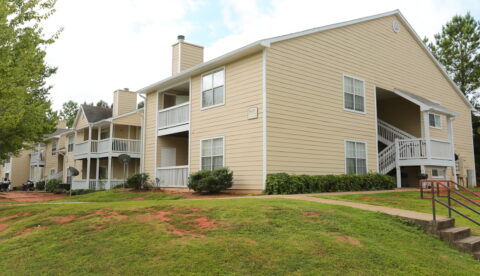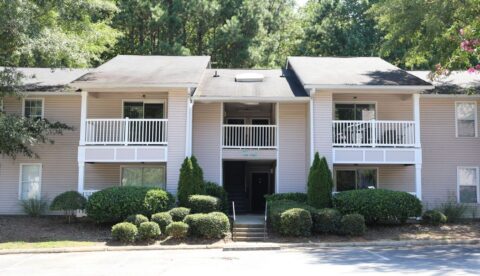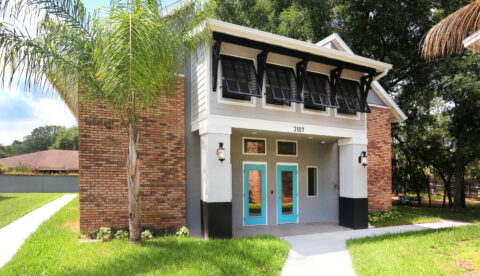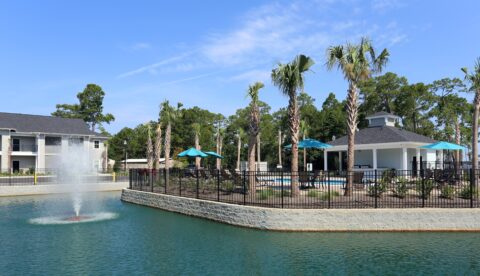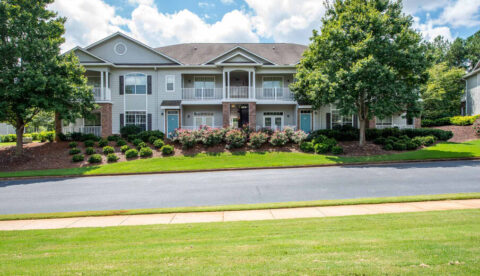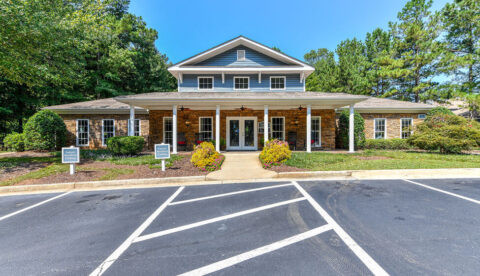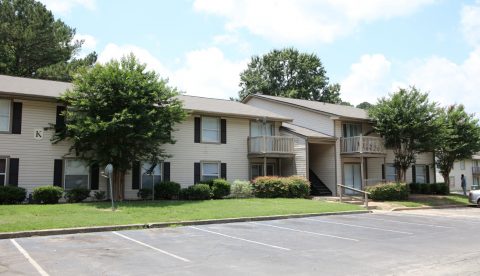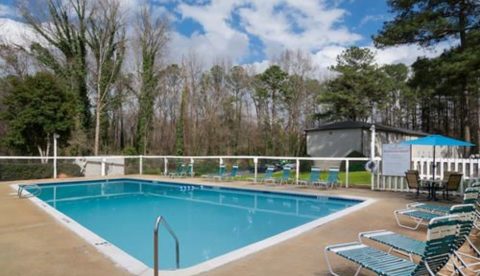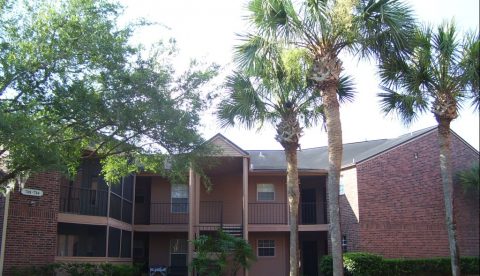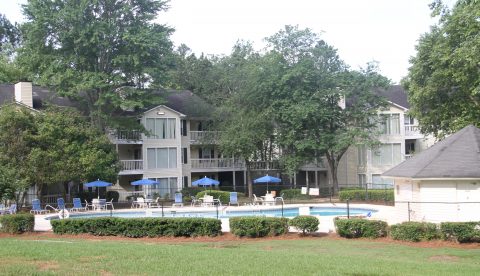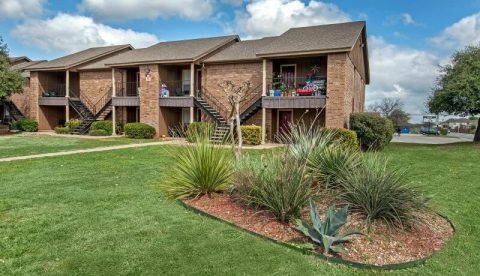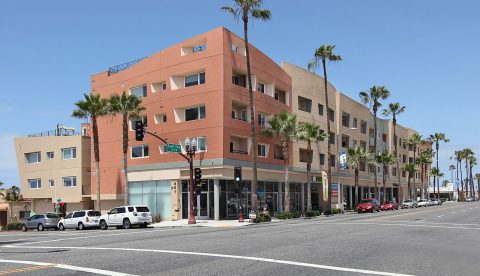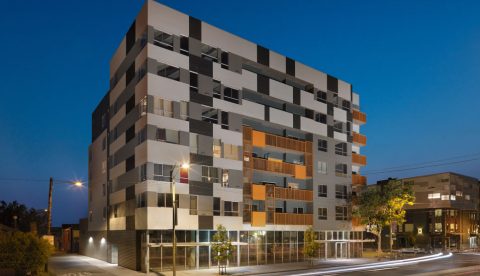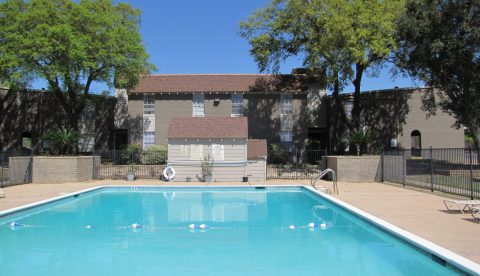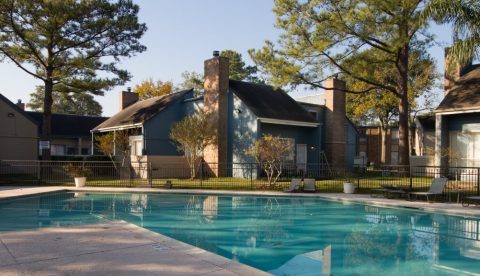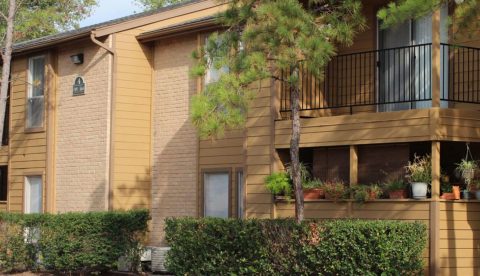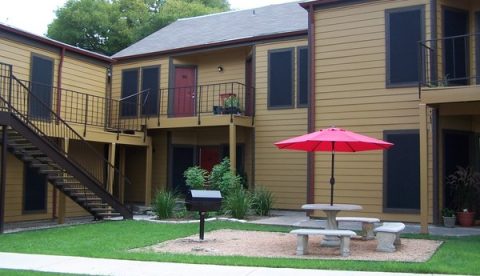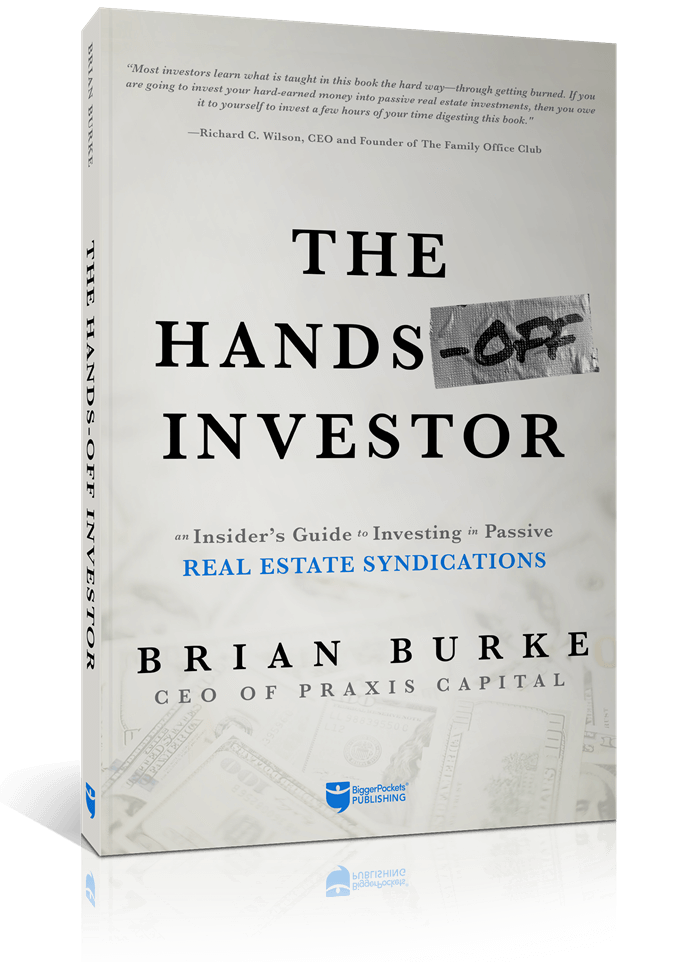The Most Important Metrics To Know When Buying Apartment Buildings

What are the numbers you need to know the most when investing in an apartment building?
There are lots of numbers thrown around in prospectuses and property listings, but what telltale metrics can really help you evaluate an investment property and its potential?
1. Vacancy Rates
Before acquiring a property you’ll want to know the occupancy of that building or complex, and the current vacancy rates of the area. Be sure to read between the lines too. A half vacant multifamily property can be a great opportunity to buy at a discount and fill it at market rates. Other nearby properties could also be poorly managed and be turning away more residents than they should.
2. Lease Expiration Dates
When are current leases set to renew? Are all of the tenants about to jump ship next month for a cheaper space? Are you locked in to under market rates for the next two years? Or have leases been strategically staggered to never be left empty-handed or to come available at the optimal time of year for renting at the best rates?
3. Days On The Market

How long is it taking to refill units once they are advertised for rent? Are there any quirks that may be affecting that? Such as waiting for government subsidies to be approved or competing operators offering crazy discounts and months of free rent?
4. Rental Rate Trends
Which direction are rental rates headed? Up or down? Is there any potential new legislation in the works like rent controls which could alter or cap that?
5. Affordability
Probably the number one indicator of future direction for any residential income property is affordability. What percentage of income are renters forking out for housing right now? Common sense and basic financial principles say we shouldn’t be paying any more than 24% to 34% of income for housing. If rents are already forcing tenants to pay 50% or more of their paycheck to a landlord and the economic cycle has peaked, it’s something to think about.
6. Price To Rent Ratio
How much rent can you reasonably expect to bring in compared to the price of the property and price per door? Most SFR investors desire at least a 1% ratio. Meaning a $100k unit should be renting for at least $1k per month.
7. Tenant Turnover

What’s the churn rate? Long term tenants cost less and are typically more profitable. Constant turnover leads to a lot of extra cost in remodeling and remarketing, as well as vacancy.
8. Tenant Happiness
This won’t cross the minds of most landlords but can be a great indicator. How happy are tenants? What are they saying about the property and management in online reviews? As landlord reviews become more important, it is smart to weigh online reputation, and what it may cost to regain goodwill in the community.
9. DSCR
The Debt Service Coverage Ratio not only tells you what type of safety cushion you have between rents and any financial liabilities, it will also determine if you can finance the property and how attractive or ugly those terms will be.
10. Returns
Promoters use a variety of methods of advertising returns on commercial properties. Cap rates, IRR, cash on cash and equity multiple. Make sure you are comparing apples to apples when evaluating opportunities, and pay close attention to the assumptions that are made in the underwriting that calculates the projected return.
